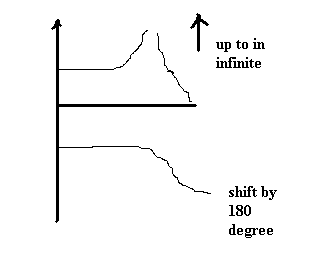bhl777
Full Member level 6
Hi everyone, if we have a LC circuit, L and C connect in series, one side of L is input and one side of C is ground. If the output voltage is between ground and the other side of C,
then we will have the transfer fucntion like T=1/(1+LC(S^2)), which means that the poles are in the imaginary axis.
How can we draw the bode plot for this? Thank you very much!
then we will have the transfer fucntion like T=1/(1+LC(S^2)), which means that the poles are in the imaginary axis.
How can we draw the bode plot for this? Thank you very much!
